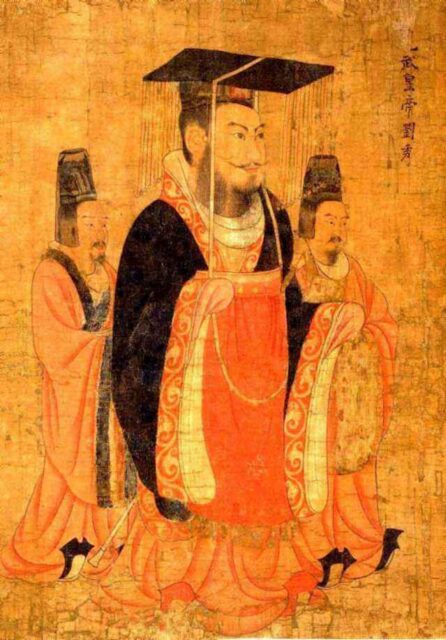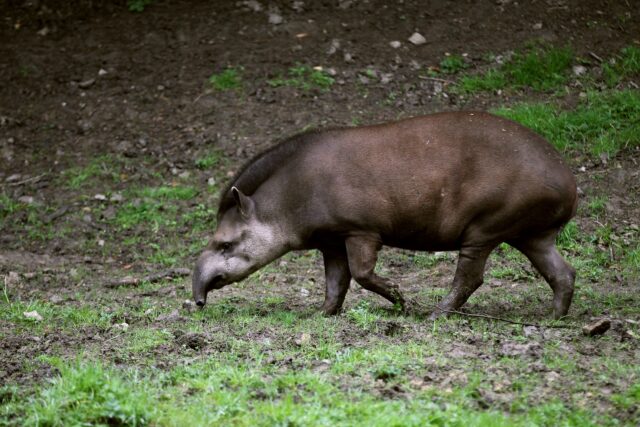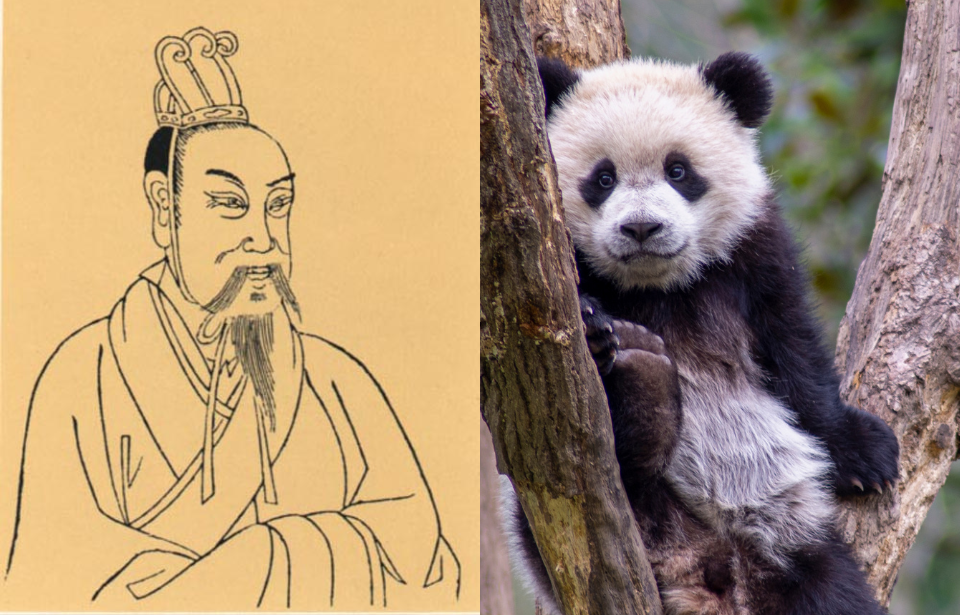Archaeologists in China have unearthed the remains of a giant panda near the tomb of one of their earliest emperors, who lived more than 2,000 years ago. The find sheds light on new discoveries about the region and ancient burial traditions. As it wasn’t the only skeleton uncovered during the dig, even more information has been revealed.
Archaeologists discovered the complete skeleton

A team of archaeologists has uncovered a complete giant panda skeleton buried near the tomb of Emperor Wen of Han. The burial site is located near Xian, the former imperial capital of China, and is part of the Shaanxi province.
This discovery marks the first time a complete skeleton was found in the region, and experts were able to identify the remains as that of a giant panda thanks to DNA testing. Hu Songmei, an archaeologist at the Shaanxi Academy of Archaeology, said the panda most likely belonged to the Qinling subspecies, which typically have rounder and larger faces than others.
The skeleton was found facing the tomb, in one of many animal sacrifice pits on a nearby hill.
Emperor Wen

Emperor Wen was the fifth ruler of the Western Han dynasty. He reigned from 180 to 157 BC and was highly regarded by contemporaries and historians for providing the region with stability following a period of tumult.
While giant panda remains have previously been found in the tombs of other important figures, such Wen’s mother, Empress Dowager Bo, none have been found in their entirety – only pieces of the skeletons were found.
Finding any giant panda remains in this region is significant because it could mean one of two things. First, it could mean that the climate of Xian and the surrounding area was a few degrees warmer than it currently is today, which would allow for the panda’s main food source, bamboo, to thrive. If this is the case, giant pandas may have inhabited the area.
On the other hand, it could mean that the panda was sent to the area from the south as an offering to Emperor Wen. “From the excavation records we currently have, exotic animals and rare birds were only unearthed in the mausoleums of emperors, empresses, and empress dowagers (queen mothers). They were a symbol of status and prestige,” the archaeologists’ study explained. The inclusion of wildlife in the burial process of Emperor Wen reflects his power.
The giant panda isn’t all they found

The area surrounding Emperor Wen’s mausoleum was also used to honor the leader, as archaeologists discovered over 380 rectangular pits used for animal sacrifices. Within the brick burial holes, the skeletons of many animals were unearthed, including the remains of a tiger, bison, yak, takin, and many other animals. One of the more intriguing sets of remains belonged to a tapir.
More from us: The Famous ‘Terracotta Army’ Was Discovered By Farmers Digging a Well
The tapir is a herbivorous mammal that has long been extinct in China, and as such, researchers have questioned if ancient records mentioning the animal confused it with the giant panda. The discovery of the tapir remains may prove that both it and the giant panda existed in China during ancient times.
